By Chuck Lyons
Not all World War II heroes were men or women. Some were four-legged, hoofed, or winged. They included horses and mules, elephants, and dogs as well as more exotic animals such as bats, camels, reindeer, and pigeons. Even a brown bear took part in the war.
Using animals for their keener senses, faster feet, and stronger backs has been an accepted part of warfare since its beginning—especially the use of dogs, horses, camels, and elephants. Assyrian temple carvings show dogs being used in battle as early as 1235 bc. But odder animals have also played a part. The Romans used horses to pull their chariots and dogs to fight alongside them, but they also threw beehives at their enemies and sent burning pigs into the fray to panic enemy horses and elephants.
The Role of the Horse in World War II
The most widely used animals in World War II—as throughout history—were horses and their more humble kin, donkeys, and mules. They were used mainly for transport in mountainous areas and rough terrain in Italy, North Africa and Burma. Mules, sometimes with imaginative modifications, proved especially useful. In one instance, gray mules shipped to Italy from Iran and Persia were dyed brown to better camouflage them during the summer months, then returned to their natural gray for the winter.
The Germans, possibly learning a lesson from the Spanish Civil War when mechanized transport constantly broke down, mobilized approximately one million horses in World War II, along with 37,000 furriers and 236 companies of veterinarians to care for them. An estimated 80 percent of the German Army’s transport was performed by horses. During the invasion of Poland in 1939, the Polish Army also used horses in its 11 cavalry brigades, and the Russians activated 1.2 million horses, which they believed could better handle the notorious Russian winters than armored tanks and trucks.
In November 1941, in one the last full-scale cavalry charges in military history, Russia’s 44th Mongolian Cavalry launched a gallant, sword-waving charge against the German 106th Infantry near the Russian village of Musino. The startled Germans, backed by the 107th Artillery, opened fire and decimated the cavalry. Only 30 horsemen reached the German position, and no Germans were killed or injured. The French and British also used cavalry units early in the war, with the British sending 8,000 horses to Palestine alone. The Japanese, Germans, and Russians continued to use cavalry throughout the war for mopping-up and patrol duties.
The United States experimented with the idea of mounted troops, and American generals George Patton and Lucien Truscott, both old cavalrymen themselves, believed that cavalry units could have prevented the escape of German forces across the Strait of Messina during the Sicily campaign. Near the end of the war Patton urged the formation of a new cavalry force. A number of men and horses were trained as cavalry in Texas but were never sent to Europe.
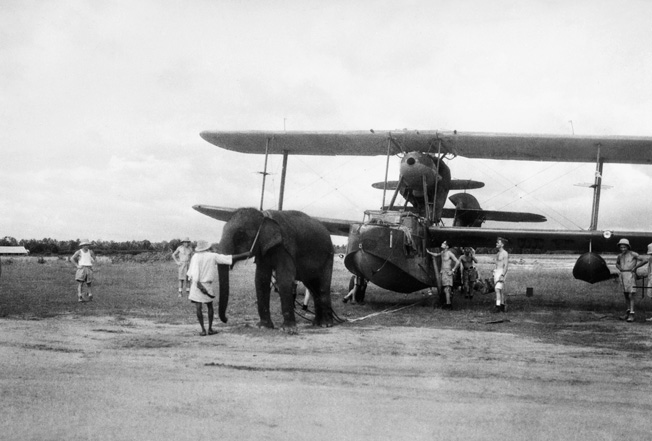
The Exotic
More exotic animals were also used in the war effort. Elephants were utilized by both the Japanese and the Allies in Burma for transport and in building bridges and roads. The Japanese used a column of 350 elephants during their Imphal offensive in March 1944. During the rainy season in Burma, the British used elephants to pull out trucks that had become mired in jungle mud. And over 100,000 reindeer were used for similar transport purposes in Finland, as well as uncounted numbers of oxen—and even cows. The Allies used camels as transport animals and as mounts in North Africa, Burma, India, China and southern Russia; and France had its own camel corps, said to be among the most feared troops in North Africa.
The Dogs of War
Like horses, dogs had been used by soldiers for centuries, and they also played a large part in World War II, working and fighting with both the Allies and the Axis powers. They were used as guard dogs and messengers, to sniff out enemy mines, and as companions and morale boosters. At the time of America’s entry into the war, it was estimated that the Germans had already trained 200,000 police and military dogs, mainly Doberman pinschers and German shepherds, some of which had been provided to German allies such as Japan.
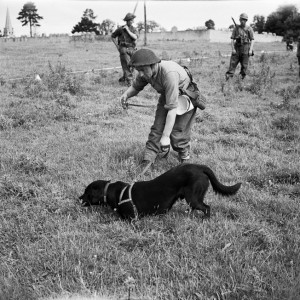
The Russians also trained dogs, especially white Samoyeds that were used to pull camouflaged marksmen on sleds close to enemy lines. In one sector of the front, a team of Samoyeds carried 1,239 wounded men from the field and hauled in 327 tons of ammunition in a five-week period. A Russian program also attempted to train bomb-laden dogs to run under enemy tanks, where the bombs would be detonated by a switch on the dogs’ backs. The program never worked as planned, however, because many of the dogs automatically ran under Russian tanks—the tanks with which they had been trained, and others were spooked by the tanks’ engine noise. Nonetheless, Russian tank dogs were credited with disabling some 300 German tanks.
The British used dogs to guard ammunition dumps, airports, and prisoner-of-war camps, and one guard dog, a boxer called Simmi, is credited with 86 arrests while on duty in Palestine. At the beginning of the war, the United States had no war dogs and no program for training them, but both the Marines and U.S. Army soon began such programs. In all, seven Marine dog platoons were trained, with the canines first seeing combat in 1943 when they landed with the 2nd Ranger Battalion on Bougainville. The dogs saw additional action on Guam, Okinawa, Guadalcanal, Kwajalein and Eniwetok, serving as sentries and on patrols and exploring Japanese pillboxes, caves, and dugouts.
The Army program began in 1942 under the Quartermaster Corps. Like the Marines, the Army trained its dogs, donated by private owners, for use on sentry duty, as scouts and messengers, and additionally as mine dogs. In all, some 10,425 dogs were trained, with the majority—more than 9,000—trained for sentry duty and used to patrol domestic beaches and coastal fortifications, domestic military facilities, and factories. The emphasis later shifted to supplying dogs for combat, with seven dog patrols seeing action in Europe and eight in the Pacific, a total of 436 scout dogs.
Unlike the Marines, the Army accepted over 30 breeds of dog for training, including German shepherds, Dobermans, and farm collies. One Army dog, a German shepherd named Chips, became a hero and a national celebrity. Donated by his owner, Edward Wren of Pleasantville, New Jersey, Chips was trained in Virginia in 1942 and was one of the first American dogs shipped overseas. He performed sentry duty at the Casablanca conference and served in Sicily, Italy, France, and Germany as part of the 3rd Infantry Division. In Sicily he broke away from his handler and attacked a German machine-gun nest, seizing one man and creating such havoc that all the nest’s occupants surrendered. Chips eventually received a Silver Star and a Purple Heart for his exploits, and in 1993 Disney Studios produced a TV movie about his life. After the war, Chips was returned to his owner and spent the rest of his life playing contentedly with Wren’s grandchildren on the lawn of his New Jersey home.
Smokey the Terrier
Another war dog was Smokey, a four-pound Yorkshire terrier found in the New Guinea jungle by an American soldier in 1944 and carried throughout the campaign. He lived on C rations and Spam. Smokey flew with the 26th Photo Recon on 12 combats missions, was awarded eight battle stars, survived 150 air raids and one typhoon, helped build an airfield by threading telephone wire through a 70-foot long pipe, parachuted from a 30-foot tower, and served as a therapy dog for wounded men at station hospitals in New Guinea.
After the war, Smokey retired with her master, William Wynne, to Cleveland, Ohio, and often appeared on local television shows and entertained at veterans’ hospitals. There are two memorials to Smokey in the Cleveland area, and the annual Yorkshire terrier award for rescues is named the Smokey Award.
Canine Airborne
The British were the first to begin the practice of parachuting dogs, dropping them into North Africa and France during the Normandy invasion. One British dog, an Alsatian named Bing, was dropped on D-Day, landed in a tree, and spent the night there under artillery fire before being rescued the next morning and immediately going back on duty. The United States in 1942 began dropping sled dogs, sleds, and flight surgeons at crash scenes in the frozen north. The dogs were later used extensively in Europe.
Wojtek the Bear
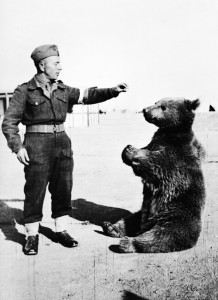
Aside from transport animals and dogs, the Allies, like the Romans before them, used a number of more bizarre animals for war purposes, including Wojtek, a Syrian brown bear. Wojtek was born in 1943 in what was then known as Persia, and he was adopted as a cub by members of the Polish 22nd Artillery Supply Company. He then traveled west with the II Corps and served in the Middle East, where he was credited with capturing an Arab spy who had sneaked into a shower room in North Africa. Wojtek later served in Italy, where he ended his military career unloading and transporting ammunition during the battle for Monte Cassino.
Wojtek grew to weigh 500 pounds and was fed fruit, honey, and syrup. He was frequently rewarded with beers, enjoyed eating cigarettes, and even learned to work the showers to be able to cool off on hot days. At the end of the war, Wojtek marched in the British victory parade in Glasgow.
Bat Bombs
Smaller animals also played their part. In 1943, in hopes of attacking mainland Japan, the United States began working on a plan to develop small incendiary devices to be carried by bats, of which the United States had an unlimited supply. The plan was to release the bats in protective cases from B-24s deployed out of Alaska. Each flight would release about 100,000 bats. The bats were silent, nocturnal, and roosted during the day in secluded—and highly flammable—places such as wooden buildings and trees. The incendiary devices they carried under their wings were to be detonated by built-in timers.
The National Defense Research Committee concluded that the bats were an effective weapon after a mock-up Japanese city was built at Dugway Proving Grounds in Utah and destroyed by bomb-laden bats in 1944. In all, the United States spent more than $2 million on the project before it was scrubbed in 1944 after it was decided that the project was developing too slowly and would probably not be ready before the war ended.
The Versatile Pigeon
Pigeons were also used in the war. They carried messages, of course, with the United States alone utilizing some 54,000 military pigeons, overseen by 3,000 soldiers and 150 officers, in the Military Pigeon Service. They were used in every combat theater. The most famous American pigeon, named G.I. Joe, was credited with saving an entire British regiment that had been cut off. Flying 25 miles in 25 minutes, G.I. Joe brought news of the regiment’s position just as Allied bombers were preparing to take off on a saturation bombing mission of that very position. G.I. Joe was subsequently awarded the Dickin Medal, a British citation given to war animals displaying gallantry and devotion to duty.
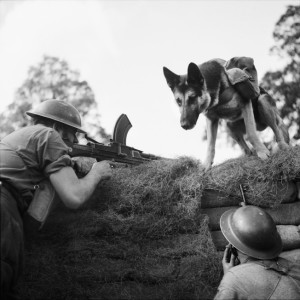
The Dickin was considered the animal Victoria Cross. Among those also receiving the medal were Winkie, a pigeon that flew 120 miles from a crashed bomber to deliver an SOS, and Judy, an English pointer, the only Allied animal to be officially registered as a prisoner of war. (Decades later, a New York City police dog named Apollo was awarded a Dickin Medal on behalf of all search-and-rescue dogs for their service following the 9/11 attack on the World Trade Center).
Pigeons were also used in a scheme by famed behaviorist psychologist B.F. Skinner, who worked to develop a missile with a screen that showed an image of the target. Trained pigeons inside the missile would theoretically peck at the screen, which was connected to the missile’s guidance system, guiding the missile to the target. The Defense Research Committee initially allocated $25,000 to the far-fetched project, but it was finally scrubbed in October 1944. Some pigeons, however, were used as spies. With cameras attached to their wings, they flew over enemy positions.
Cats in the Navy
Cats were not left out of the war effort. Countless cats were used, as they have been throughout history, to catch rats and mice aboard Navy ships. One such ship’s cat, Whiskey, which served on HMS Duke of York, gained fame for supposedly sleeping soundly while her ship sank the German cruiser Scharnhorst. Cats also served other—and odder—uses. At one point, someone at the Office of Strategic Services got the bright idea that a cat could be used to guide a bomb onto the deck of an enemy ship. Because of the cat’s strong aversion to getting wet and its ability to always land on its feet, the reasoning went, a cat could be attached to a bomb and would guide that bomb away from the water and onto the solid surface of a ship’s deck. How the cat was supposed to guide the bomb was never made clear. The plan was scrapped after cats were found to pass out during descent.
Insects and Germs
Even insects figured in the war. Several optical companies in the United States used spiders to spin silk that was used as the crosshairs on bomb sights, and the French and Germans pursued research with Colorado potato beetles to destroy enemy food supplies. As an elemental form of germ warfare, the Japanese dispersed disease-carrying fleas in China, reportedly killing more people than the atomic bombs used later in the war at Hiroshima and Nagasaki.
The Animals Come Home
After the war, many of the animals, especially the dogs, were retrained for civilian life and returned to their owners. Other animals remained in the military, were auctioned off to private buyers, or were donated to various zoos. Wojtek went to the Edinburgh Zoo, where he lived until his death in 1963 at the age of 22. He has since been the subject of a children’s book, The Soldier Bear; had monuments in his honor unveiled in Canada, Scotland and London; and currently has several websites dedicated to his memory. An image of Wojtek carrying an artillery shell is the official emblem of the Army’s 22nd Transport Regiment, Company C.
Originally Published February 2010
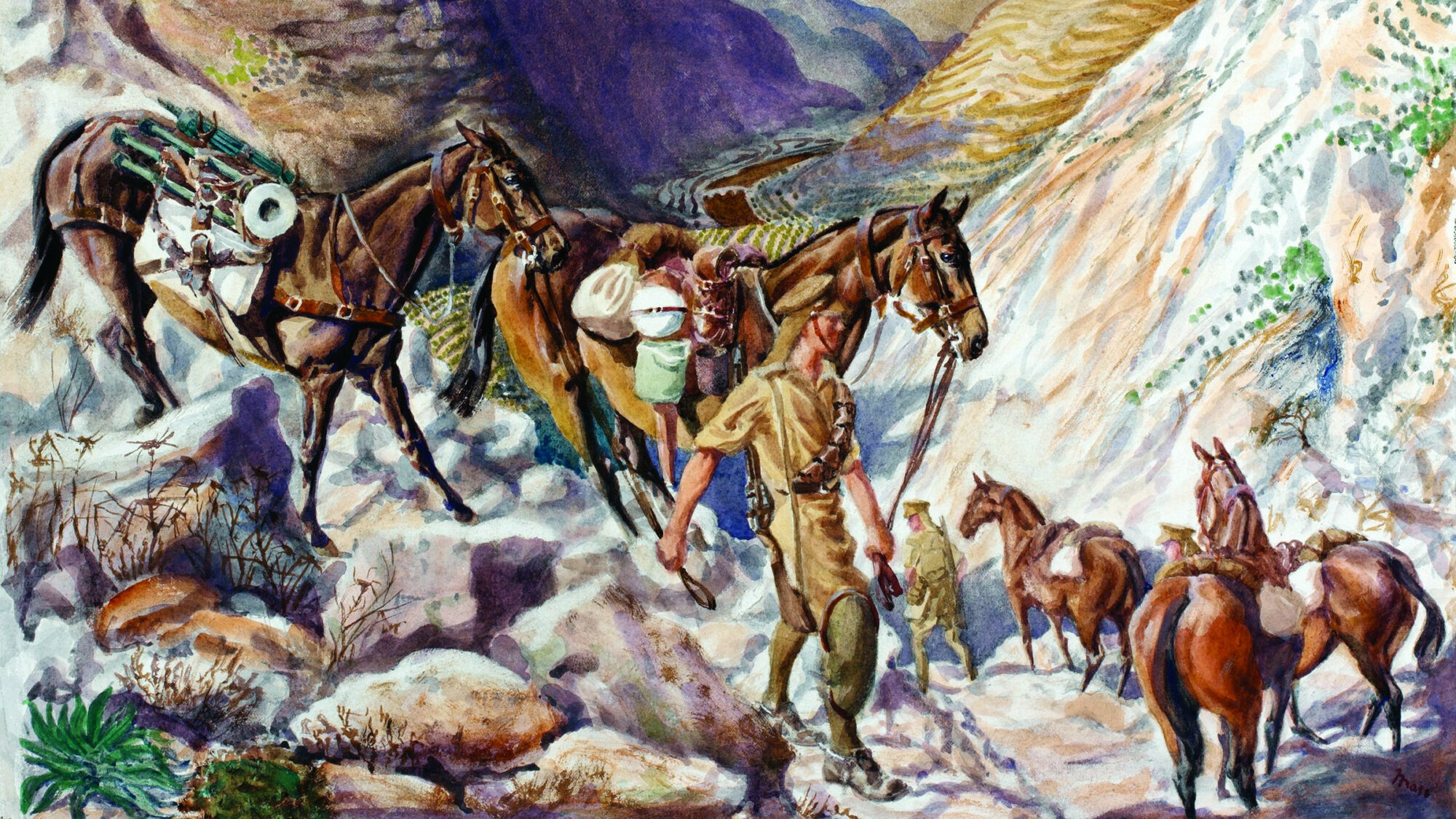
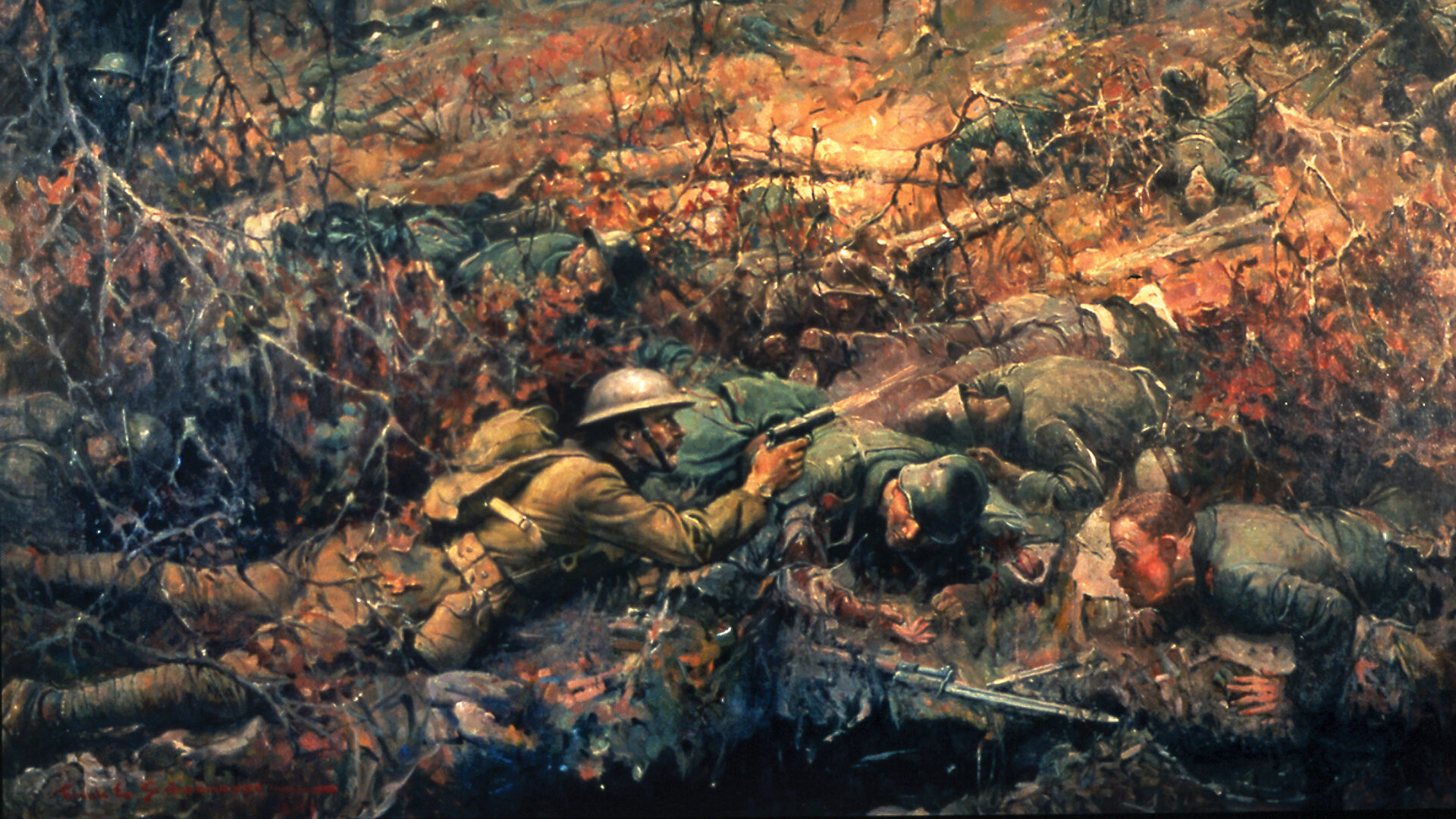
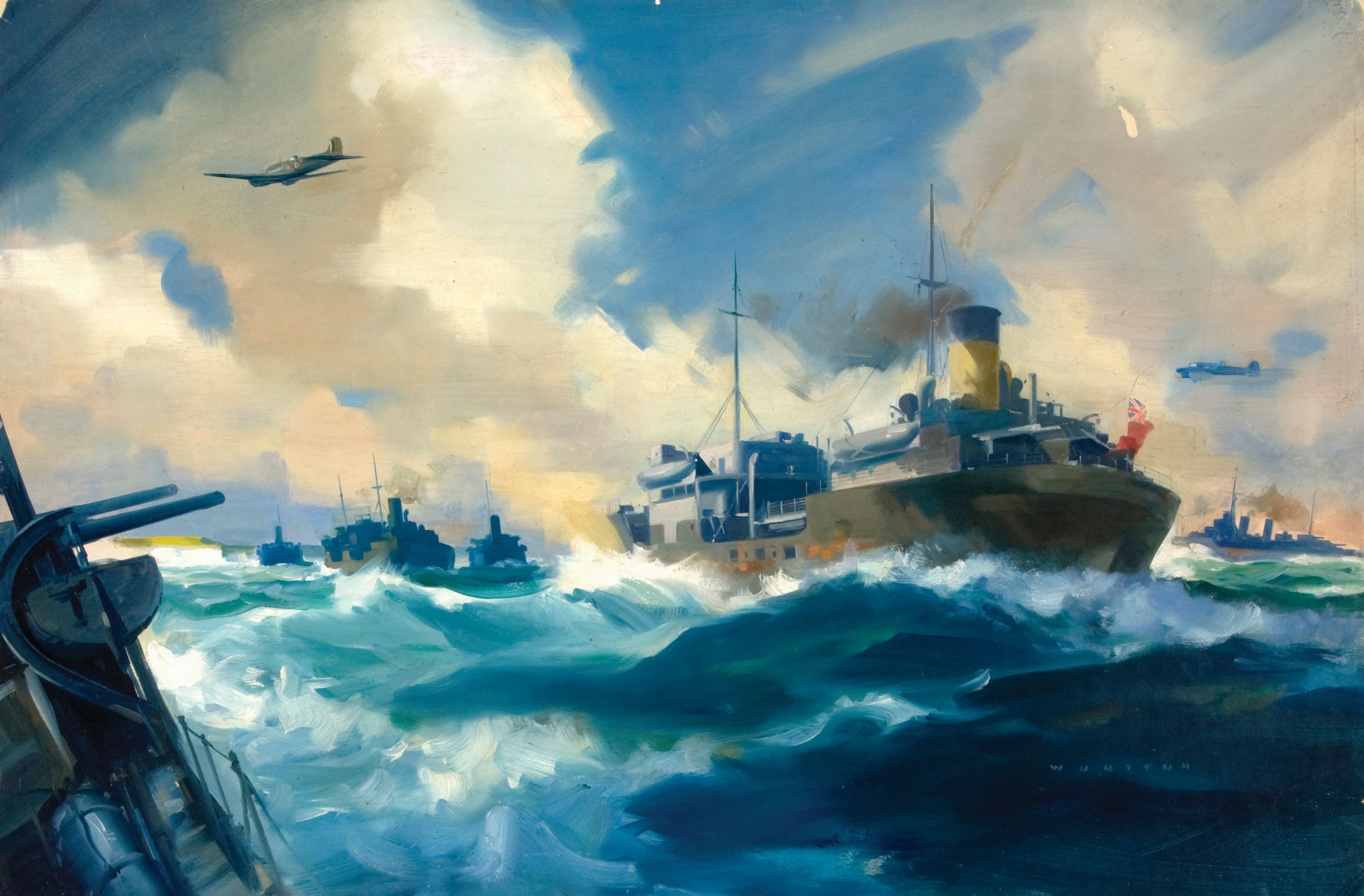
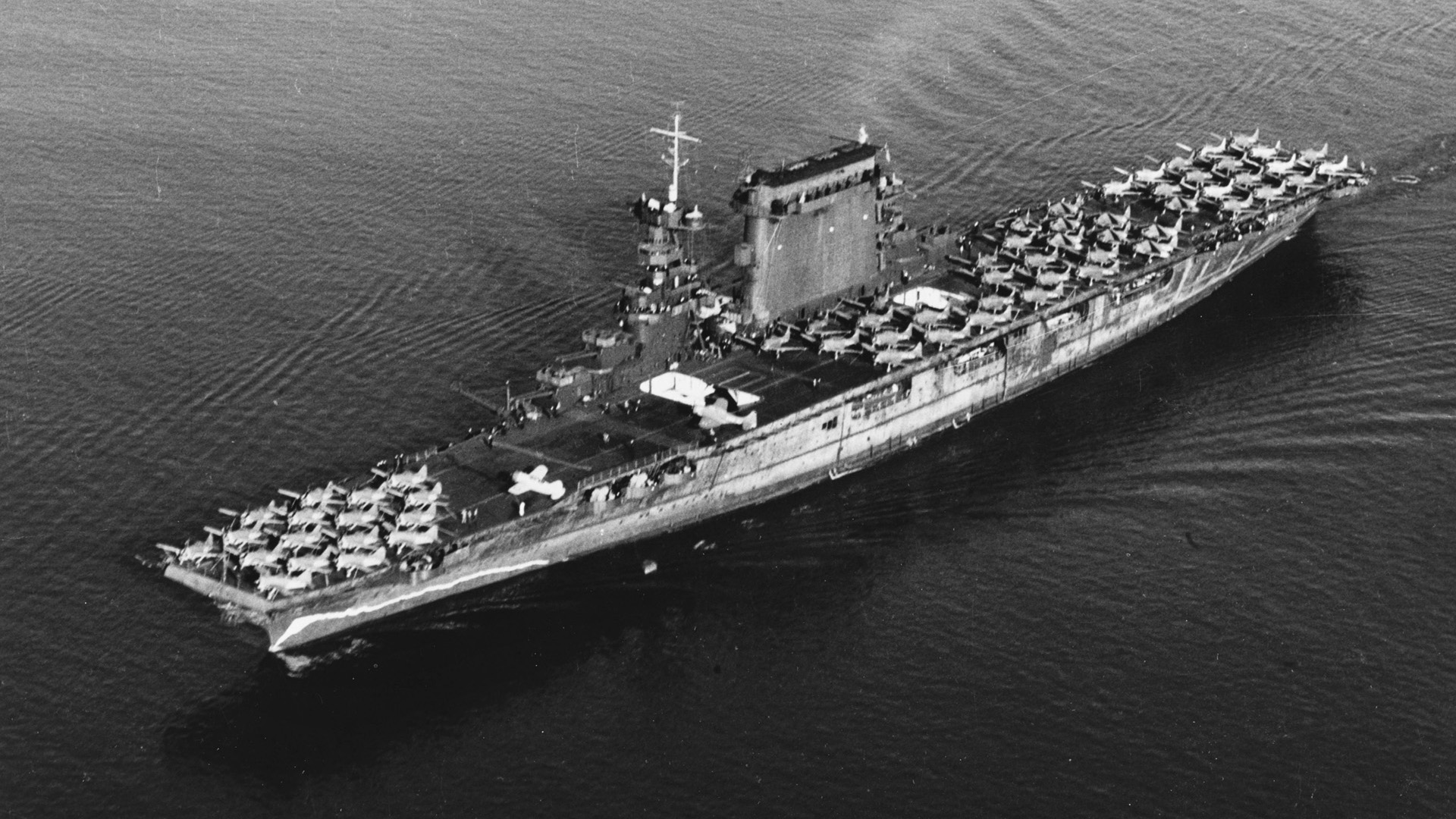
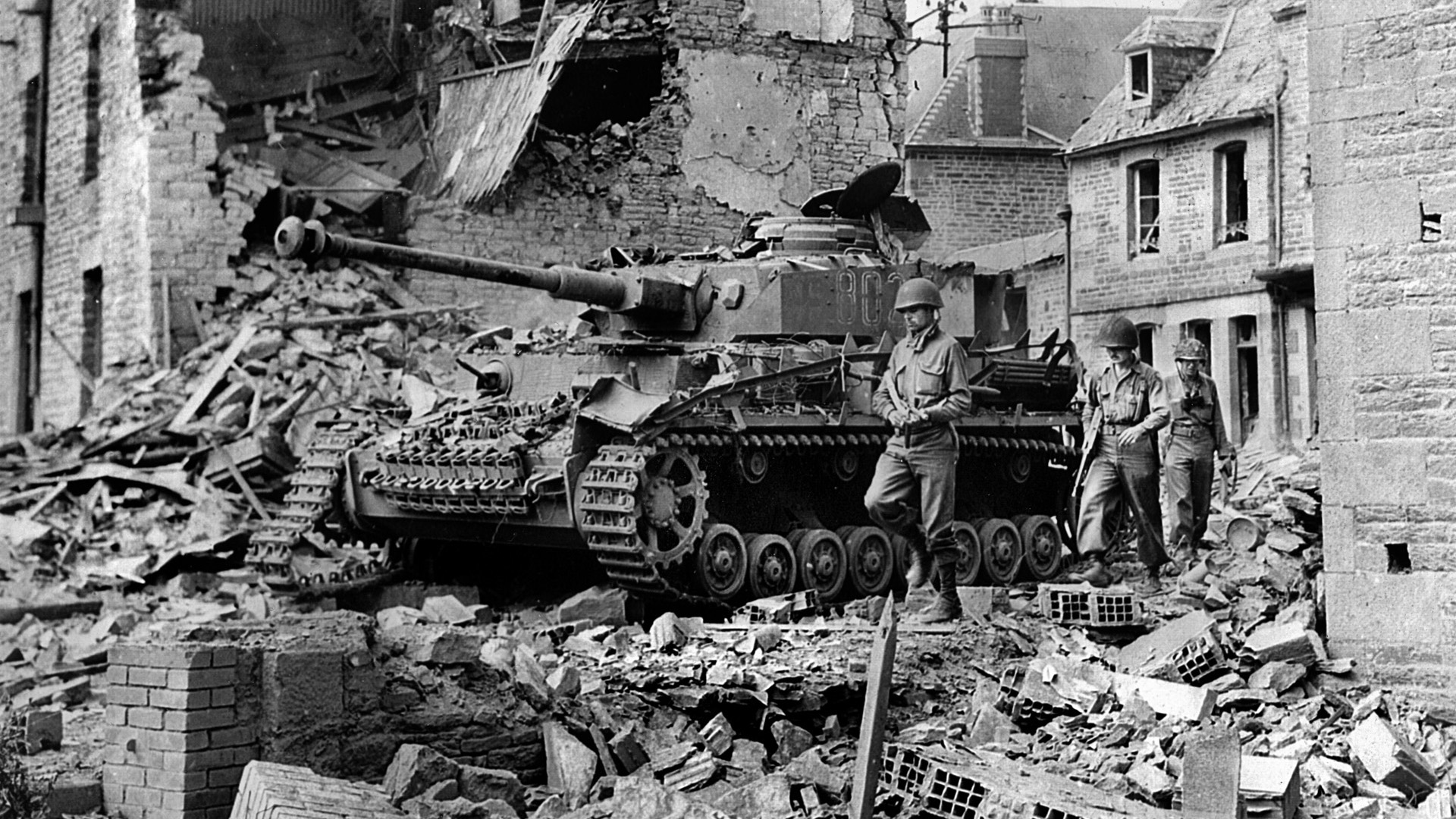
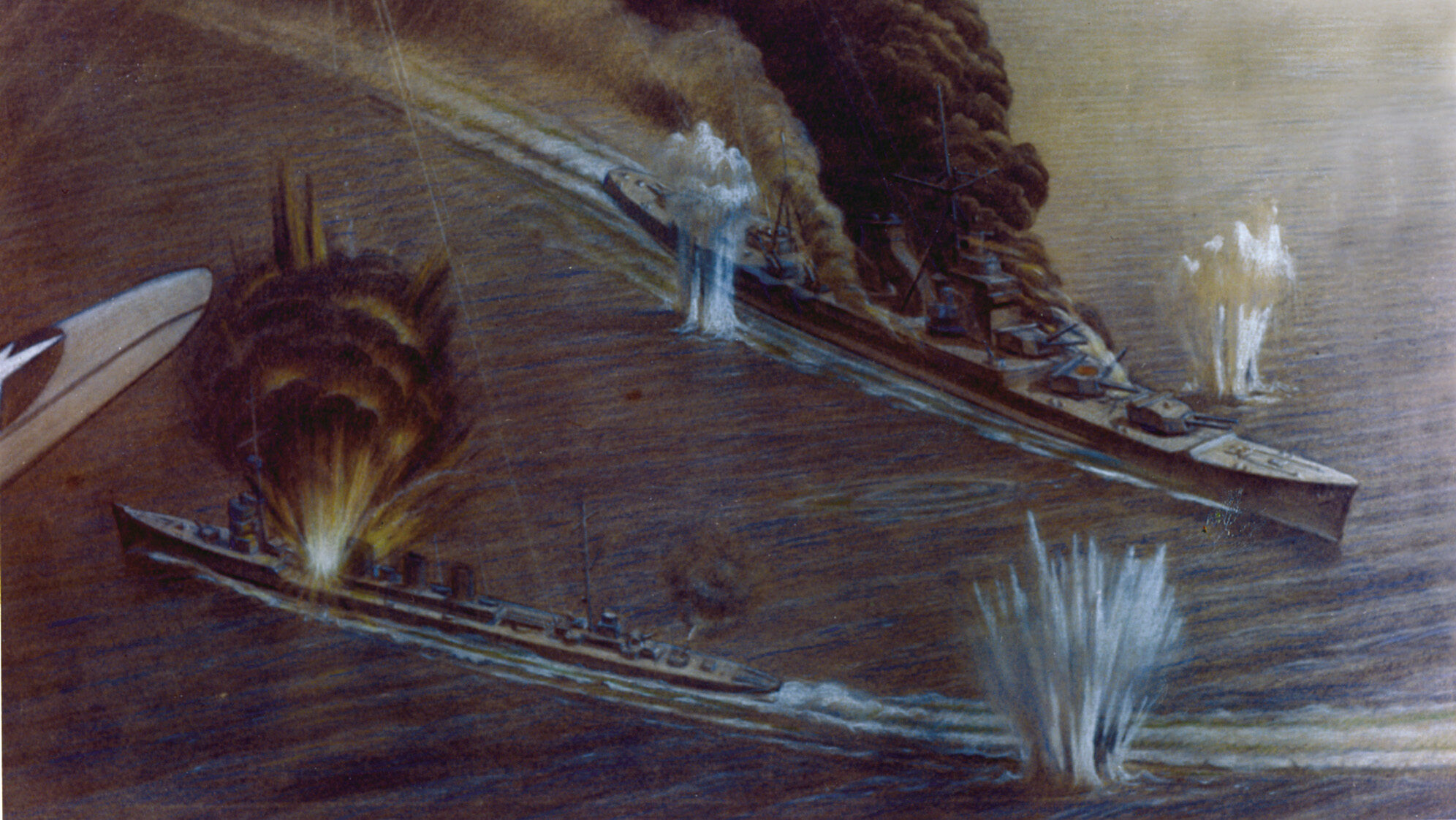
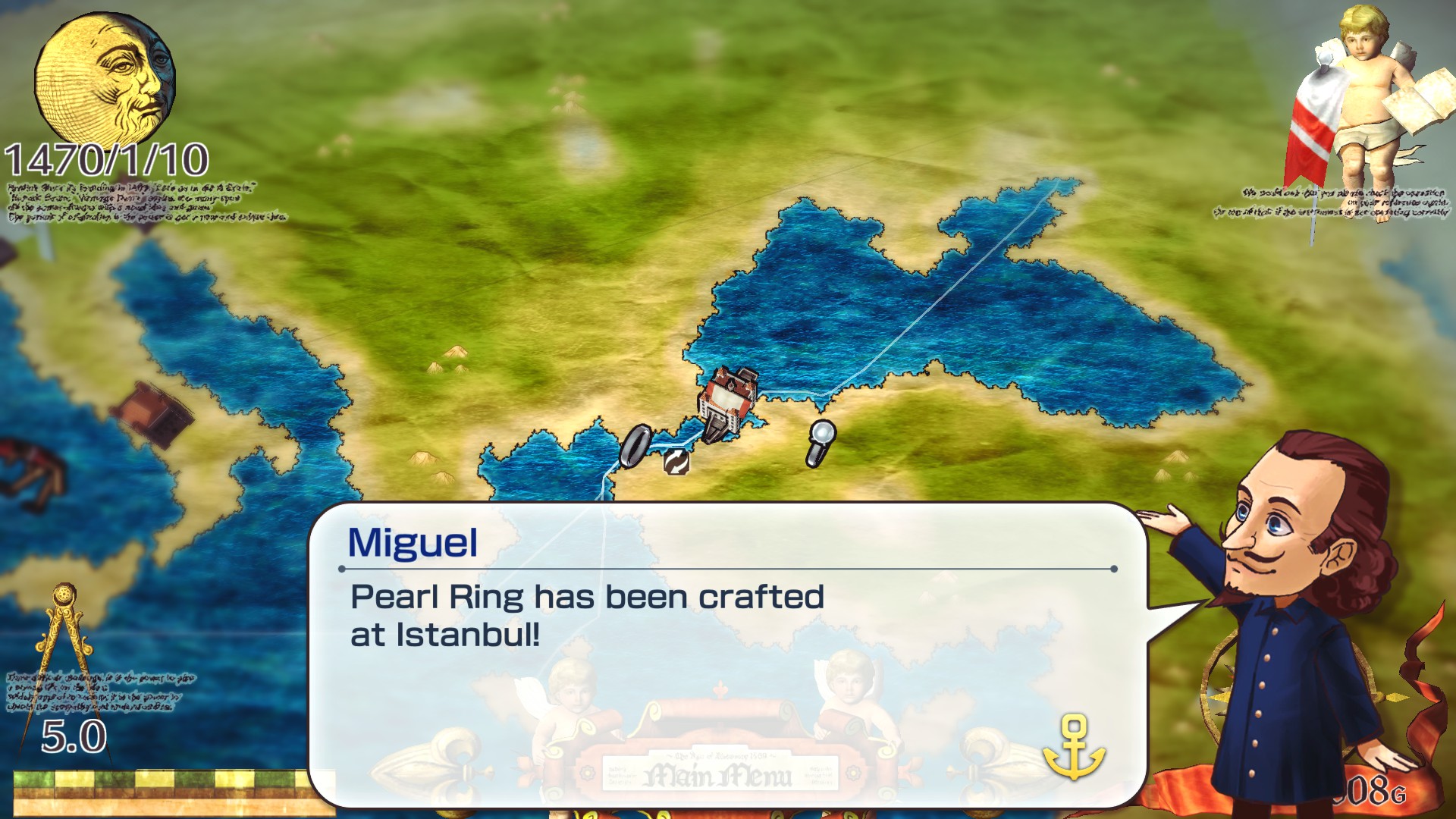
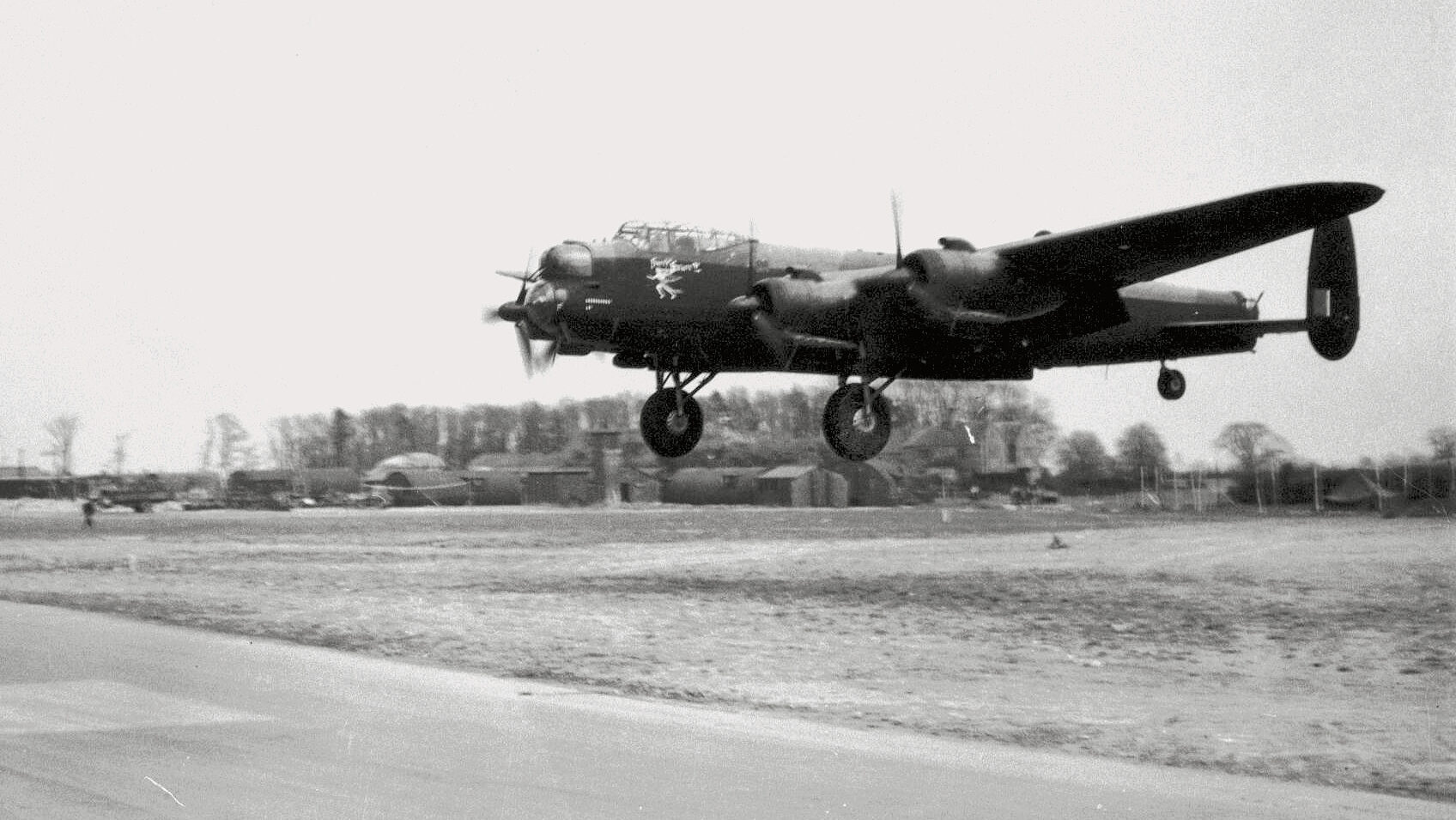
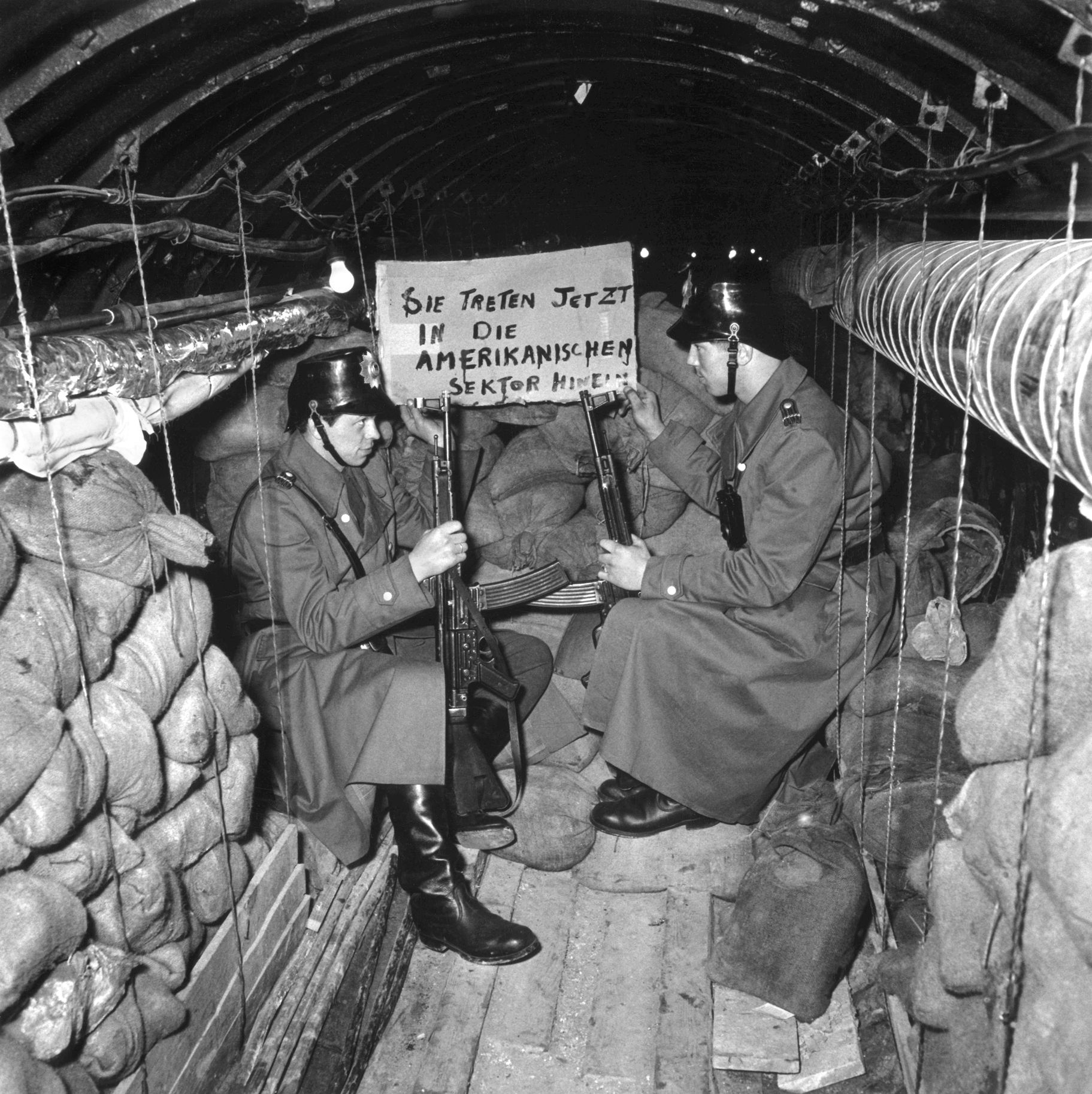
Join The Conversation
Comments
View All Comments